Who monitors the monitoring systems?
Adrian Cockcroft
APRIL 18, 2018
Juvenal Photo taken in Lisbon Portugal by Adrian Cockcroft The documentation for most monitoring tools describes how to use that tool in isolation, often as if no other tools exist, but sometimes with ways to import or export some of the data to other tools. What if your monitoring systems fail? “Quis custodiet ipsos custodes?”?—?Juvenal




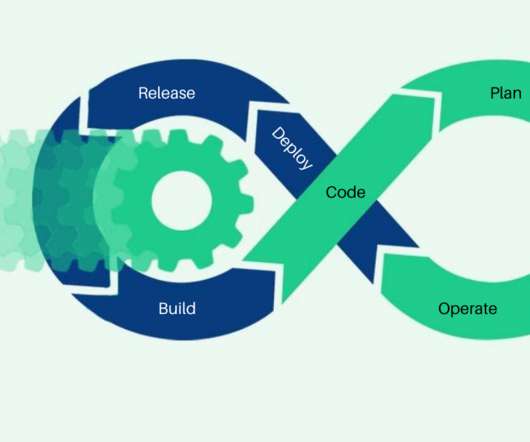
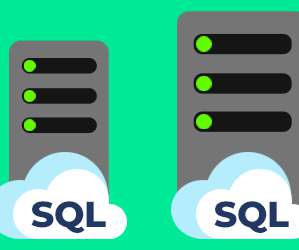





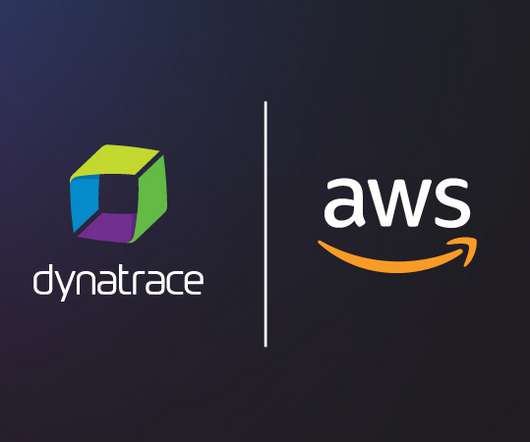

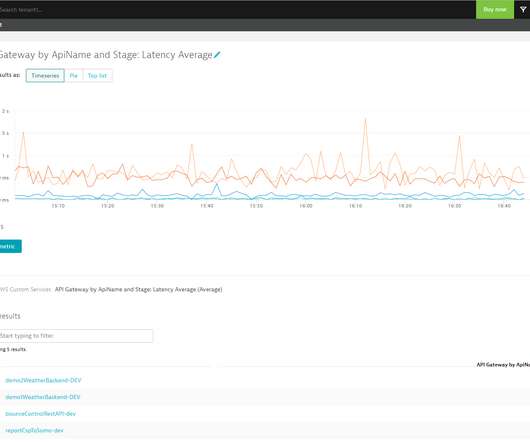
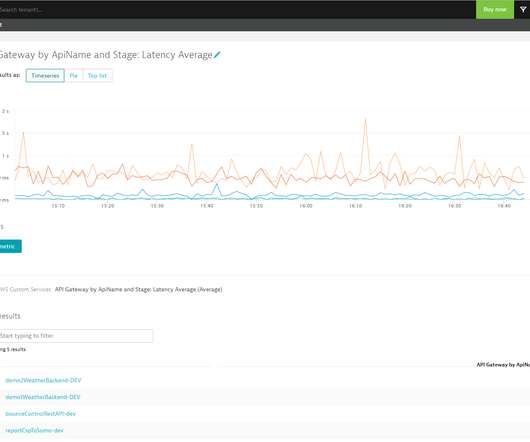







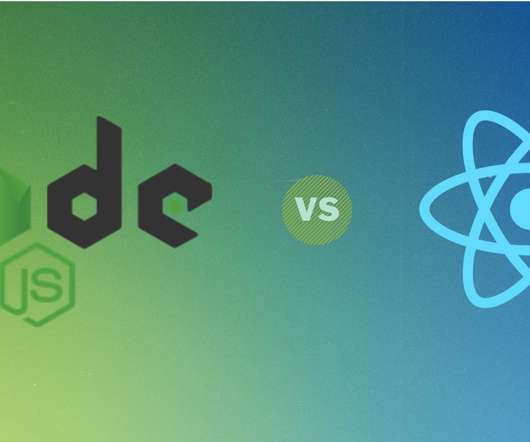















Let's personalize your content